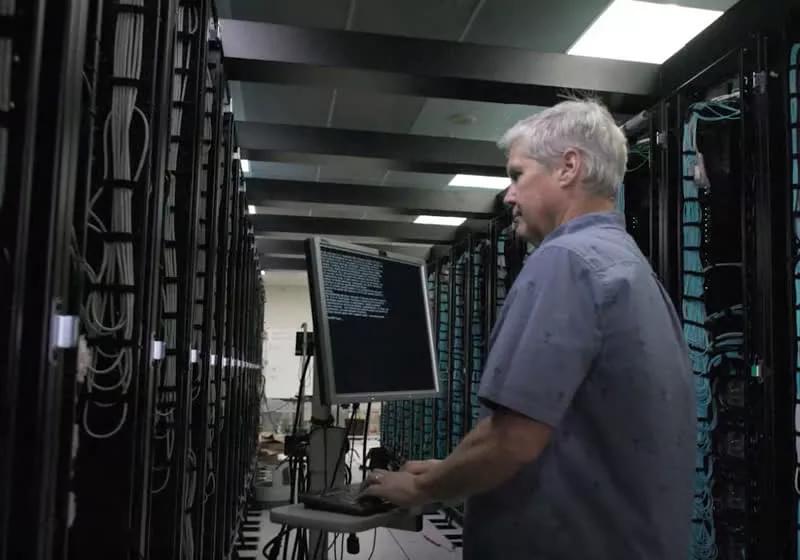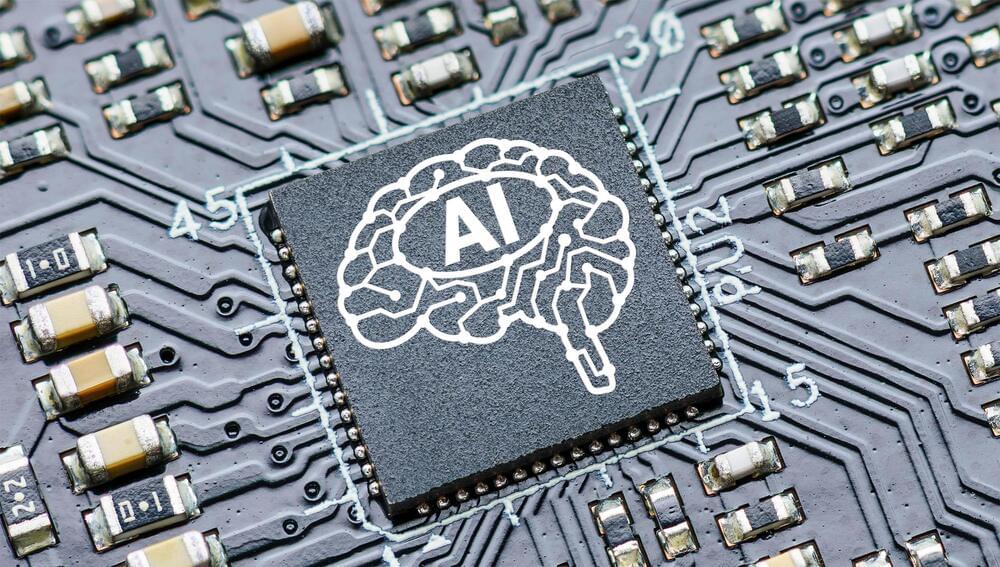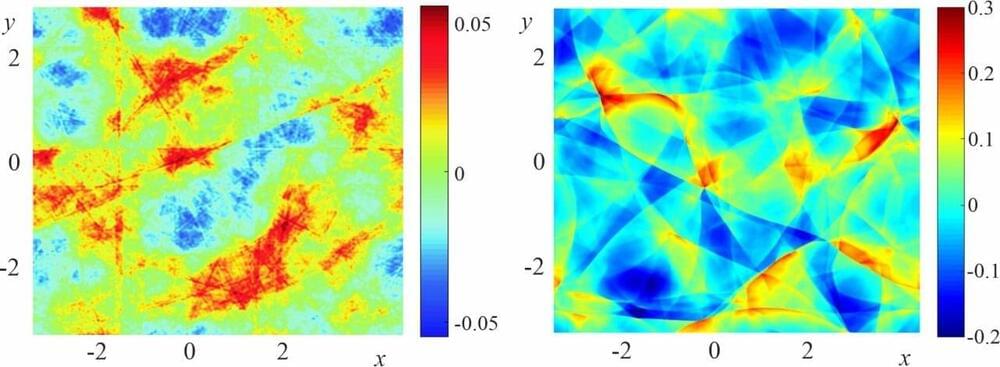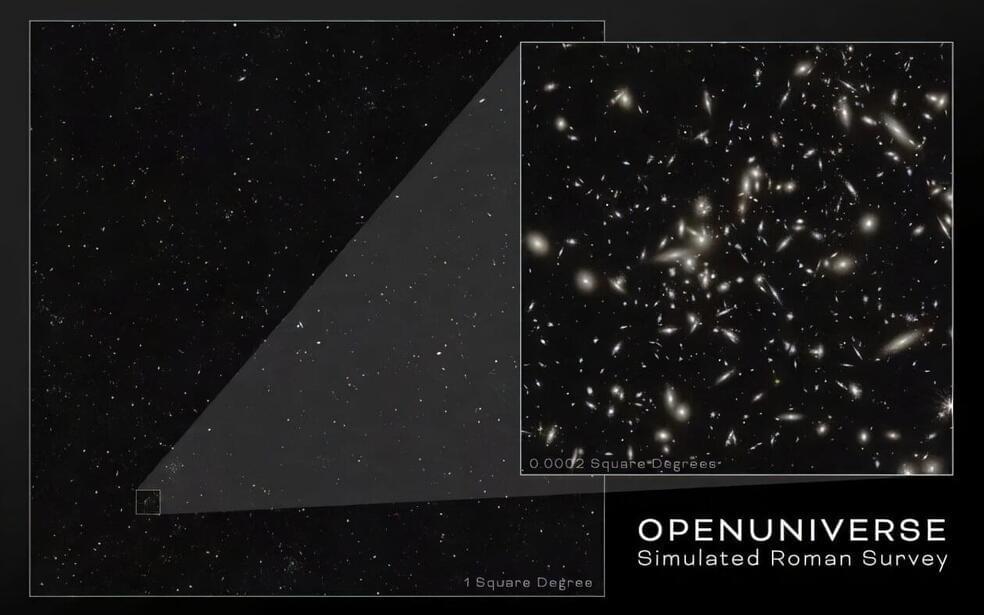DNA computing uses programmable arrays to redefine diagnostics, offering scalable and efficient disease detection at the molecular level.


Scientists have created over a million simulated cosmic images using the power of supercomputers to anticipate the capabilities of NASA
NASA, the National Aeronautics and Space Administration, is the United States government agency responsible for the nation’s civilian space program and for aeronautics and aerospace research. Established in 1958 by the National Aeronautics and Space Act, NASA has led the U.S. in space exploration efforts, including the Apollo moon-landing missions, the Skylab space station, and the Space Shuttle program.

Spacecraft powered by electric propulsion could soon be better protected against their own exhaust, thanks to new supercomputer simulations.
Electric propulsion is a more efficient alternative to traditional chemical rockets, and it’s being increasingly used on space missions, starting off with prototypes on NASA’s Deep Space 1 and the European Space Agency’s SMART-1 in 1998 and 2003, respectively, and subsequently finding use on flagship science missions such as NASA’s Dawn and Psyche missions to the asteroid belt. There are even plans to use electric propulsion on NASA’s Lunar Gateway space station.

El Capitan can reach a peak performance of 2.746 exaFLOPS, making it the National Nuclear Security Administration’s first exascale supercomputer. It’s the world’s third exascale machine after the Frontier supercomputer at Oak Ridge National Laboratory in Tennessee and the Aurora supercomputer at the Argonne Leadership Computing Facility, also in Illinois.
The world’s fastest supercomputer is powered by more than 11 million CPU and GPU cores integrated into 43,000+ AMD Instinct MI300A accelerators. Each MI300A APU comprises an EPYC Genoa 24-core CPU clocked at 1.8GHz and a CDNA3 GPU integrated onto a single organic package, along with 128GB of HBM3 memory.

As the capabilities of generative AI models have grown, you’ve probably seen how they can transform simple text prompts into hyperrealistic images and even extended video clips.
More recently, generative AI has shown potential in helping chemists and biologists explore static molecules, like proteins and DNA. Models like AlphaFold can predict molecular structures to accelerate drug discovery, and the MIT-assisted “RFdiffusion,” for example, can help design new proteins.
One challenge, though, is that molecules are constantly moving and jiggling, which is important to model when constructing new proteins and drugs. Simulating these motions on a computer using physics—a technique known as molecular dynamics —can be very expensive, requiring billions of time steps on supercomputers.


At Argonne National Laboratory, scientists have leveraged the Frontier supercomputer to create an unprecedented simulation of the universe, encompassing a span of 10 billion light years and incorporating complex physics models.
This monumental achievement allows for new insights into galaxy formation and cosmic evolution, showcasing the profound capabilities of exascale computing.
Breakthrough in Universe Simulation.

Researchers have pioneered the use of parallel computing on graphics cards to simulate acoustic turbulence. This type of simulation, which previously required a supercomputer, can now be performed on a standard personal computer. The discovery will make weather forecasting models more accurate while enabling the use of turbulence theory in various fields of physics, such as astrophysics, to calculate the trajectories and propagation speeds of acoustic waves in the universe. The research was published in Physical Review Letters.
Turbulence is the complex chaotic behavior of fluids, gases or nonlinear waves in various physical systems. For example, turbulence at the ocean surface can be caused by wind or wind-drift currents, while turbulence of laser radiation in optics occurs as light is scattered by lenses. Turbulence can also occur in sound waves that propagate chaotically in certain media, such as superfluid helium.
In the 1970s, Soviet scientists proposed that turbulence occurs when sound waves deviate from equilibrium and reach large amplitudes. The theory of wave turbulence applies to many other wave systems, including magnetohydrodynamic waves in the ionospheres of stars and giant planets, and perhaps even gravitational waves in the early universe. Until recently, however, it has been nearly impossible to predict the propagation patterns of nonlinear (i.e., chaotically moving) acoustic and other waves because of the high computational complexity involved.

Astronomers have released a set of more than a million simulated images showcasing the cosmos as NASA’s upcoming Nancy Grace Roman Space Telescope will see it. This preview will help scientists explore Roman’s myriad science goals.
“We used a supercomputer to create a synthetic universe and simulated billions of years of evolution, tracing every photon’s path all the way from each cosmic object to Roman’s detectors,” said Michael Troxel, an associate professor of physics at Duke University in Durham, North Carolina, who led the simulation campaign. “This is the largest, deepest, most realistic synthetic survey of a mock universe available today.”
The project, called OpenUniverse, relied on the now-retired Theta supercomputer at the DOE’s (Department of Energy’s) Argonne National Laboratory in Illinois. In just nine days, the supercomputer accomplished a process that would take over 6,000 years on a typical computer.